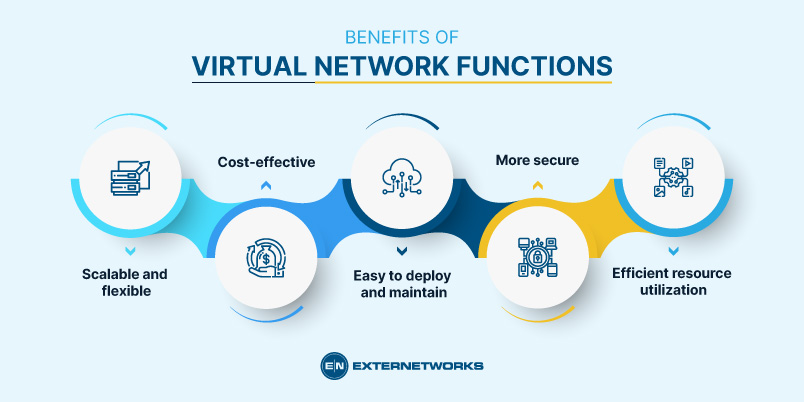Virtual network functions (VNF) are becoming a key part of our everyday lives, and they enable us to connect devices and services over the Internet. VNFs are known as cloud computing or software-defined networking (SDN).
Cloud computing has become a major trend in recent years. The term describes using remote servers to store data and run applications instead of local hardware. However, the growth of cloud computing has created new challenges. One challenge is ensuring security. To ensure security, organizations need to implement virtualized networks, which means they need to deploy VNFs.
Virtual network functions (VNFs) are the building blocks of a service chain. They represent the functionality that is provided by an underlying physical device or software module, such as a firewall, network load balancer, or VPN server. VNFs can be deployed on bare metal, virtual machines, containers, or other infrastructure.
A virtual network function consists of one or more virtual machine instances running on top of physical resources. These virtual machines have access to the same set of physical resources as any other VM instance. A VNF can be thought of as a logical entity that provides a specific function within a service chain. It does not require any special configuration or management because it runs on standard operating systems like Linux or Windows.
In addition, VNFs are highly scalable, which makes them suitable for large-scale deployments. For example, a single VNF could provide the same level of security protection as multiple physical firewalls.
Use cases for VNFs include:
The following are some of the benefits of using VNFs:

Scalable and flexible: It can be scaled up or down depending on your needs. You can add more instances of a VNF if you need additional capacity. Or you can remove them if you don’t need them anymore.
Cost-effective: It does not require expensive hardware, and they are usually cheaper than traditional solutions. They can also reduce your overall IT budget since they only consume what you need rather than buying everything upfront.
Easy to deploy and maintain: It is based on open source technologies such as OpenStack. They are easy to install and configure. They also have fewer moving parts, so there are fewer things that could go wrong.
More secure: It runs on top of hypervisors; they cannot see into the underlying network traffic. This means that they cannot be compromised. Also, since they are running on bare-metal servers, they cannot be infected by malware.
Efficient resource utilization: By running VNFs on bare-metal servers instead of virtualized ones, you can save money on server licenses, power, cooling, etc.
In-Conclusion, VNFs are a great way to improve the efficiency and flexibility of your existing network. Before deploying these new services, make sure you understand how they work and fit into your current architecture. They provide greater flexibility, scalability, cost-effectiveness, security, and ease of deployment and maintenance.
